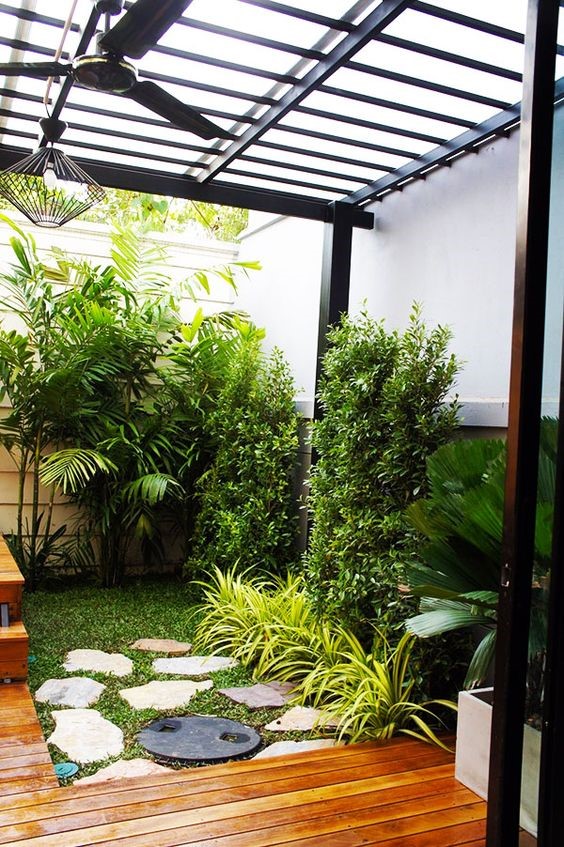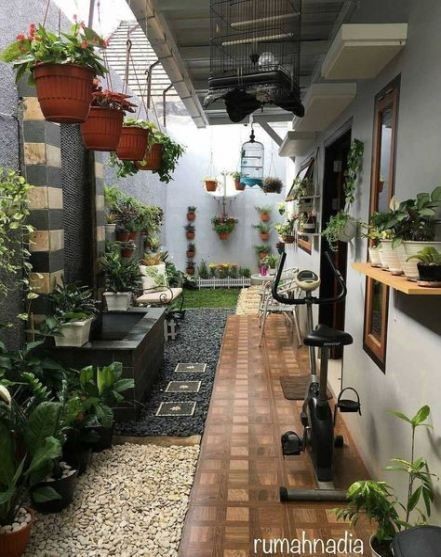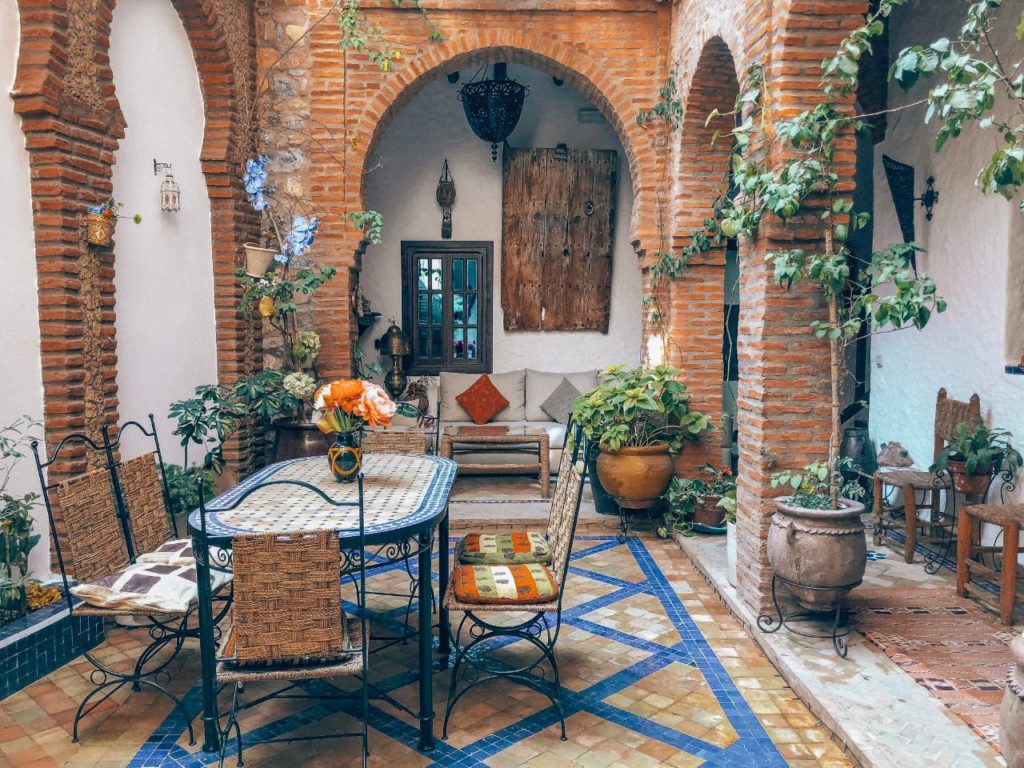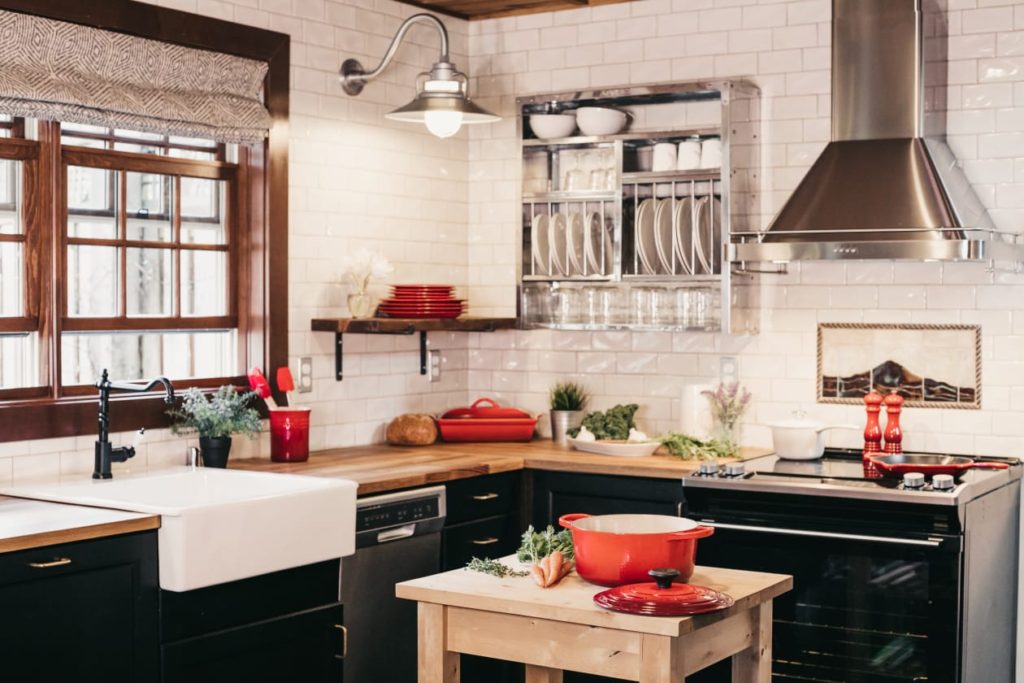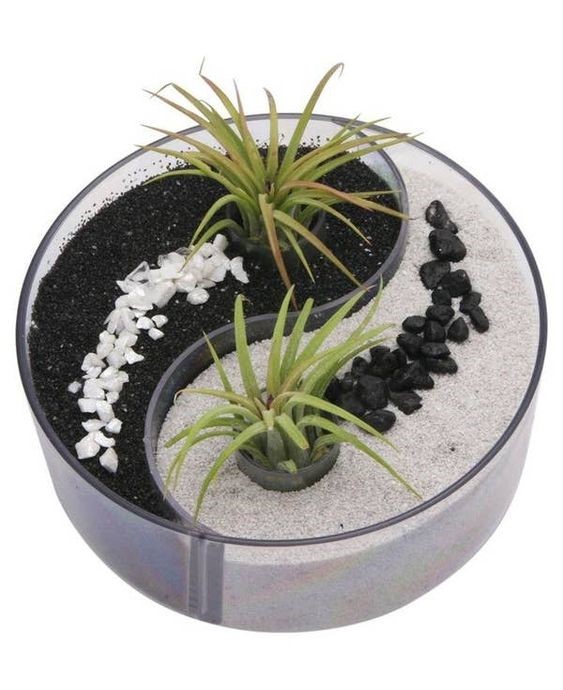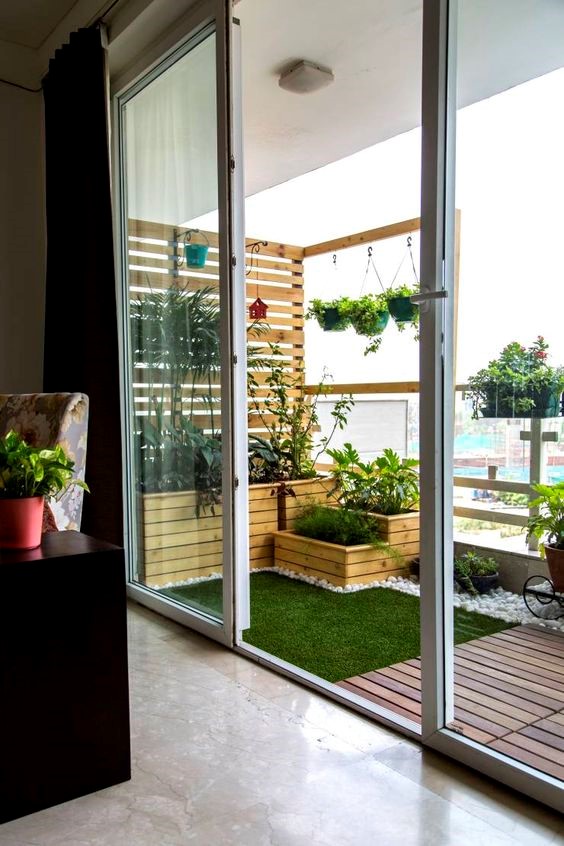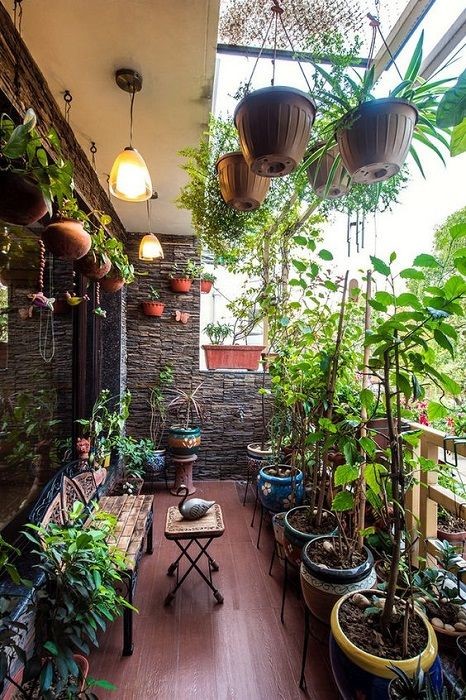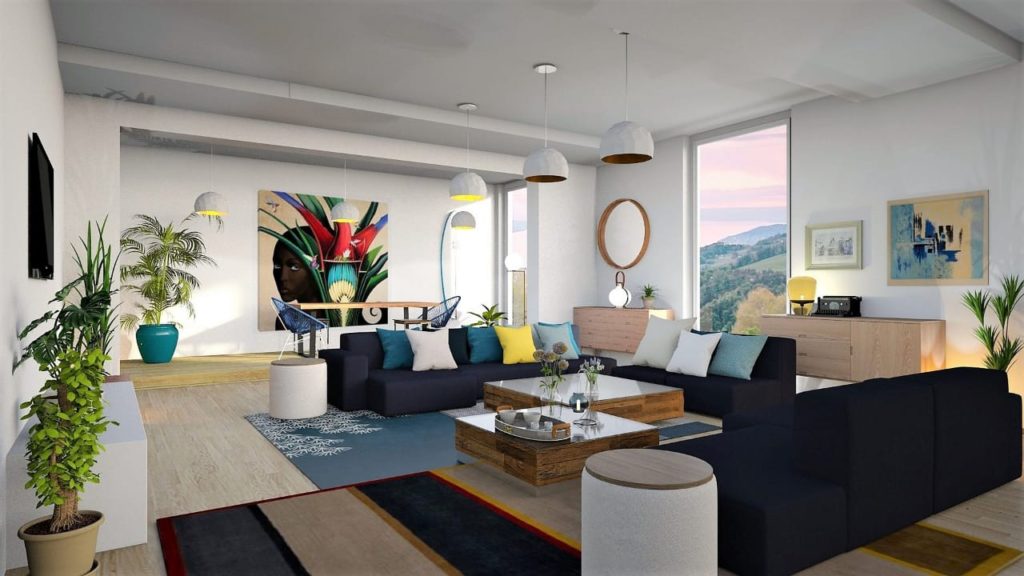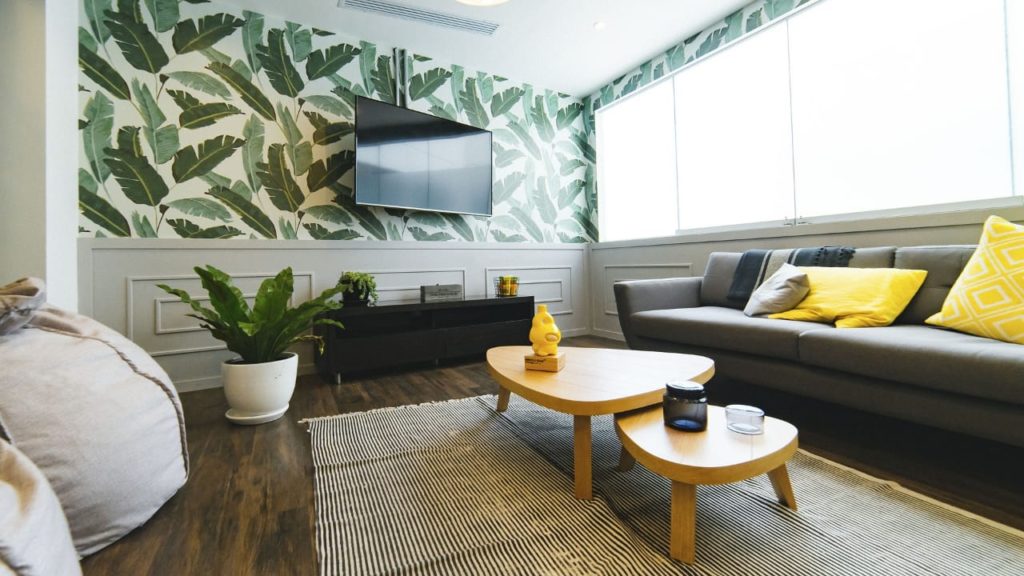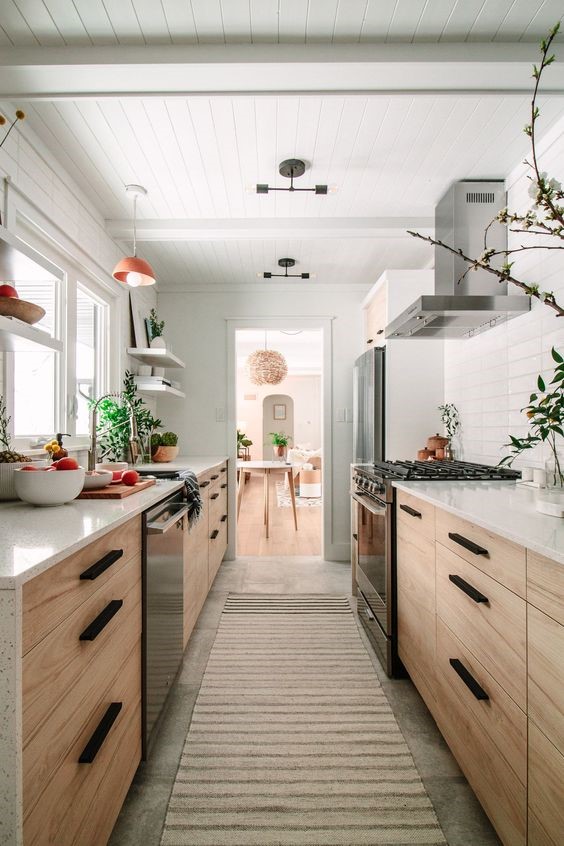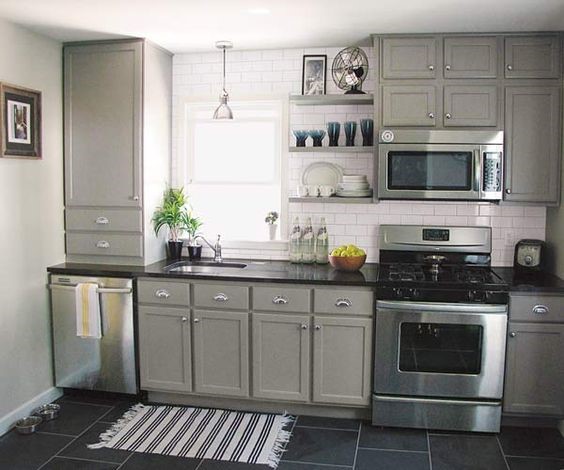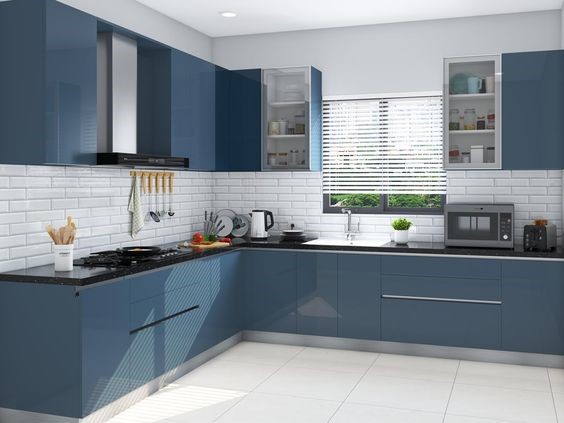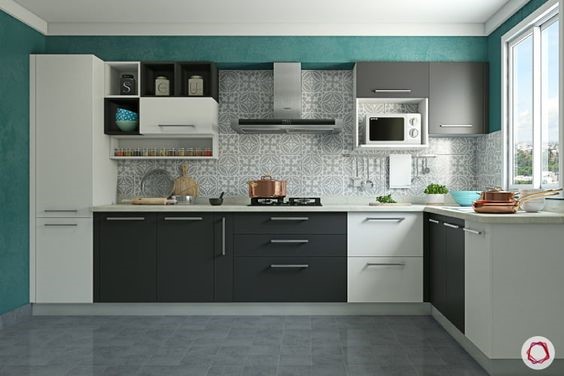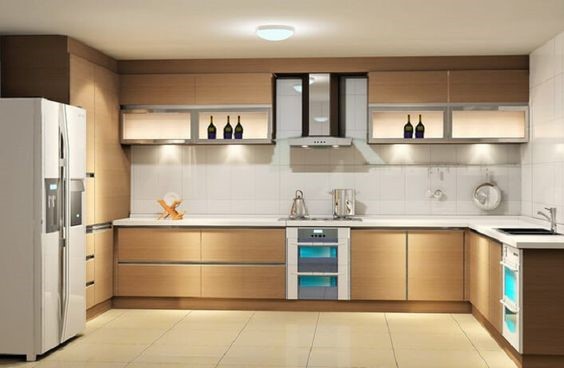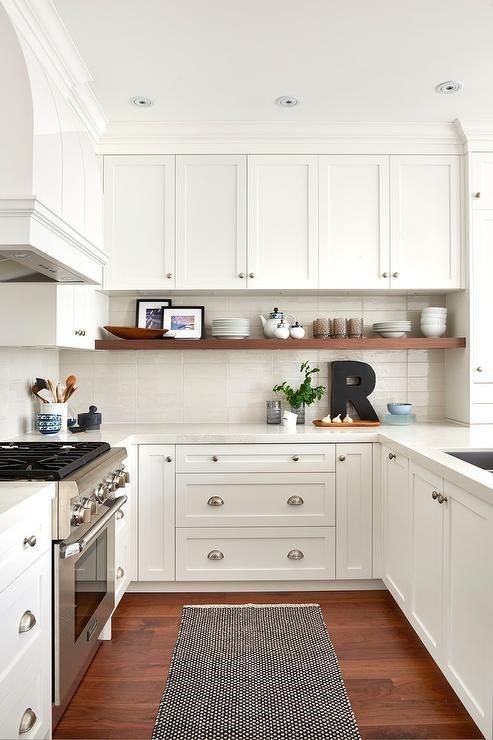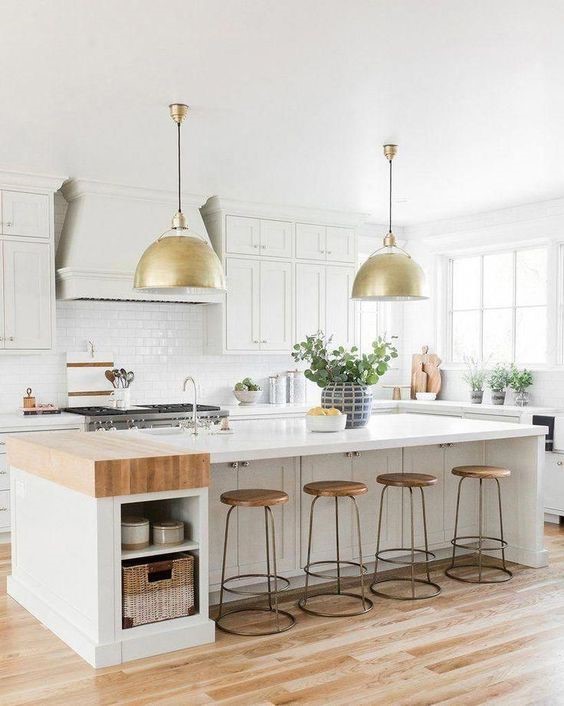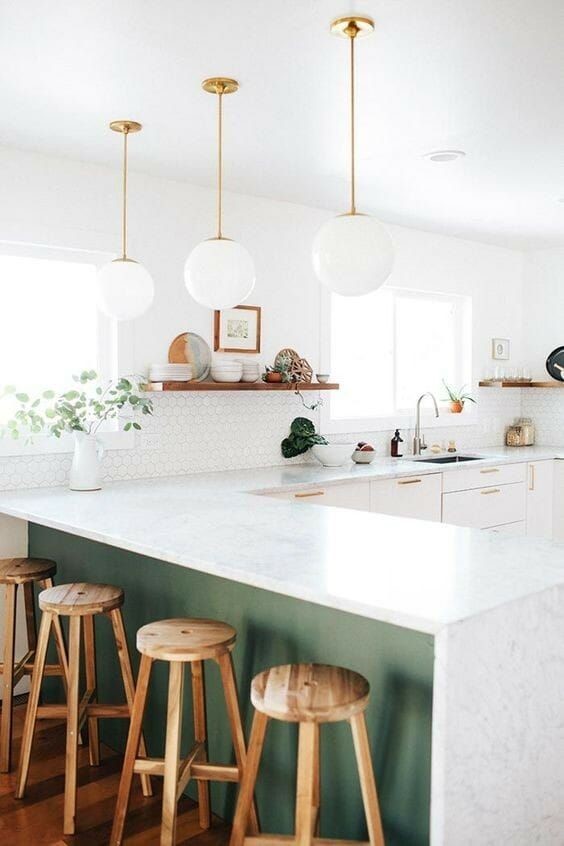A Thai Tropical Indoor Garden is said to be the perfect celebration of modern homes and nature. Most tropical plants can be grown indoors. As long as there is a good irrigation system built and with cool temperatures and adequate space, tropical gardens can thrive.
Thai Tropical Indoor Gardens have the essentials of a tropical garden which include plants with large leaves and thick vegetation along with a water body or fountain. Additionally, certain elements add the charm of a Thai Garden.
Bamboo: Asian Countries consider Bamboo to be a lucky charm. Not only does it abide by the rules of Feng Shui, it also adds an element life to the tropical garden. Asian culture also considers it a symbol of good fortune. Bamboo is mostly used to provide structure and create steps. Bamboo is also a fast-growing plant and creates a wall like structure that provides privacy.
Stone: Stone is added to the Thai Tropical Indoor Garden to add an element of aesthetic. Round stones may be placed on grass, or stone tiles are layered on the walls to create an appealing backdrop for waterbodies or fountains.
Elements of Nature: Earth, Fire, Air and Water are prominent features in any Thai Tropical Indoor Garden. They are given utmost importance. Among these, water is considered the most significant as it connects the different elements of nature and creates a soothing and tranquil aesthetic.
Furniture: The furniture in the Thai Tropical Indoor Gardens is generally bamboo furniture to appeal to the aesthetics of the setting. In the modern Thai Tropical Indoor Gardens, however people also invest in comfortable, neutral coloured furniture. Contemporary furniture may also be repurposed to suit the beauty of the Thai Tropical Indoor Garden.
Decorations: Decorations in the form of earthen pots filled with water and small fish, or with flower petals are often included to add an element of life and colour to the Thai Tropical Indoor Garden. In place of a pot, coconut shells or any similar alternative may also be used.
There is also a cultural significance to some elements of decoration that are added to the Thai Tropical Indoor Garden. Buddha, elephants and serpent heads are considered an integral part of Thai culture and are often added to the Thai Tropical Indoor Gardens. People also add the symbol of a lotus either in the fountain or as a bowl since lotuses are sacred flowers in Thai culture.
Thai Tropical Indoor Gardens may also be set up in small spaces like a balcony where faux grass may be utilised and smaller plants are placed with a wall of foliage or a bamboo screen. Folding chairs can be used for easy furniture and earthen pots of water complement the element of life to the minimised tropical indoor garden. A small Buddha fountain or a lotus bowl can easily be added to bring authenticity to the Thai Tropical Indoor Garden.

